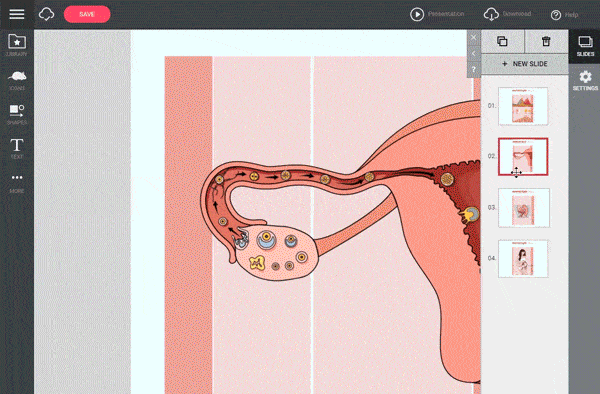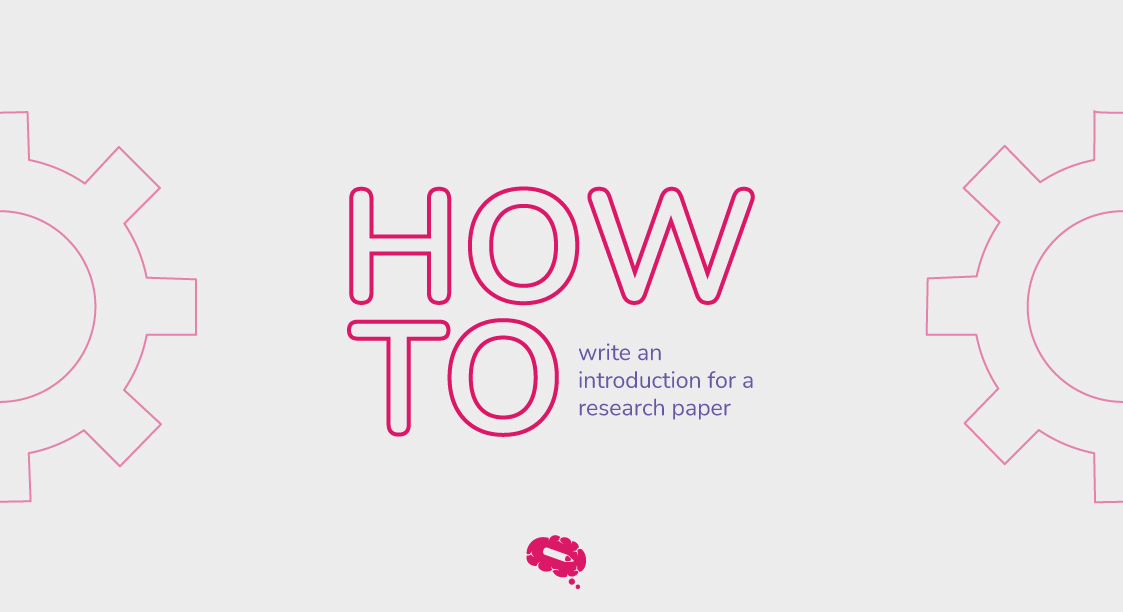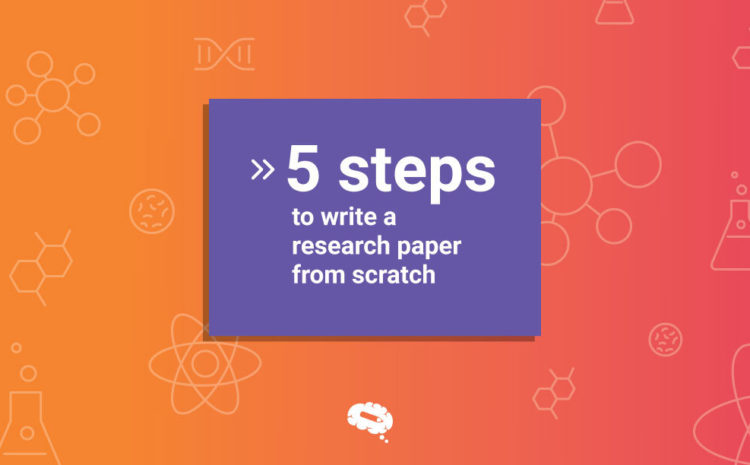Prior to submitting a formal proposal (business proposal, product, or research proposal), many private organizations have historically asked for the submission of a concept paper for review.
Recently, organizations have begun to advocate for the usage of concept papers as a way for applicants to obtain informal input on their ideas and projects before submitting a proposal. Several of these organizations now demand a concept paper as part of the official application process.
Simply described, a concept paper is a preliminary document that explains the purpose of research, why it is being conducted, and how it will be performed. It examines a concept or idea and offers an outline of the topic that a researcher wants to pursue. Continue reading to learn more about concept papers and how to create a good one.
What a concept paper is and its purpose
A concept paper is a brief paper that outlines the important components of a research or project before it is carried out. Its purpose is to offer an overview. Entrepreneurs working on a business idea or product, as well as students and researchers, frequently write concept papers.
Researchers may be required to prepare a concept paper when submitting a project proposal to a funding authority to acquire the required grants.
As a consequence, the importance is based on the fact that it should help the examiner determine whether the research is relevant, practicable, and useful.
If not, they may suggest looking into a different research area. It also allows the examiner to assess your comprehension of the research and, as a result, if you are likely to require assistance in completing the research.
Illustrate your Concept Paper with infographics
Infographics are very useful to explain complex subjects in a very short time. Use Mind the Graph to create beautiful infographics for your Concept Paper with scientifically accurate illustrations, icons, arrows and many other design tools.
Concept paper’s elements for an academic research
To produce an effective concept paper, you must first comprehend the essential elements of academic research:
- Title page: Mention the applicant’s name, institution, project title, and submission date.
- Background for the research: The second section should be the purpose section, which should be able to clear out what has already been stated about the subject, any gaps in information that need to be filled or problems to be solved, as well as the reason why you wish to examine the issue.
- Literature review: In this section, you should provide a theoretical basis and supporting material for your chosen subject.
- State the problem and your goals: Describe the overall problems, including the research questions and objectives. State your research’s unique and original aspects, concentrate on providing and clearly discussing your goals towards the problem.
- Methodology: Provide the data analysis system to be utilized, data collecting method, tools to be used, and research participants in this section.
- Timeline: Include a realistic timeline estimate that is defined in months and years.
- References: Add a list of all sources cited in your concept paper, such as books, journals, and other resources.
Tips on writing an effective concept paper
A concept paper is extremely crucial for a project or research, especially if it requires funding. Check out these simple tips to ensure your concept paper is successful and simple.
- Choose a research topic that truly piques your curiosity
- Create a list of research questions. The more, the merrier.
- When describing the project’s reasoning, use data and numbers.
- Use no more than 5 single-spaced pages.
- Tailor your speech to the appropriate audience.
- Make certain that the basic format elements, such as page numbers, are included.
- Spend additional time on your timeline as this section is critical for funding.
- Give specific examples of how you plan to measure your progress toward your goals.
- Provide an initial budget when seeking funds. Sponsors will want to obtain an idea of how much funds are required.
Start creating infographics and scientific illustrations
Use the power of infographics and scientific illustrations to your advantage. Including graphic assets in your work may increase your authority and highlight all of the most valuable information, ensuring that your audience is engaged and completely comprehensive of the information you are providing.


Subscribe to our newsletter
Exclusive high quality content about effective visual
communication in science.




